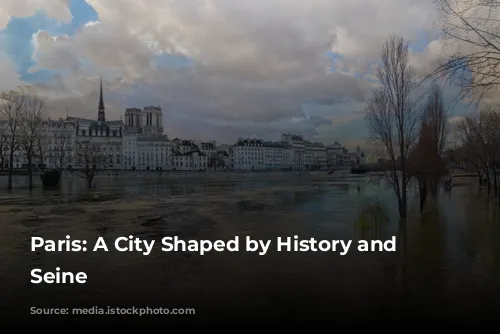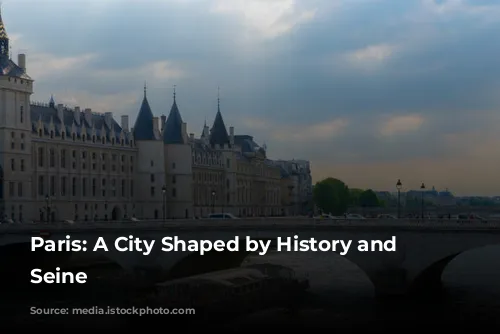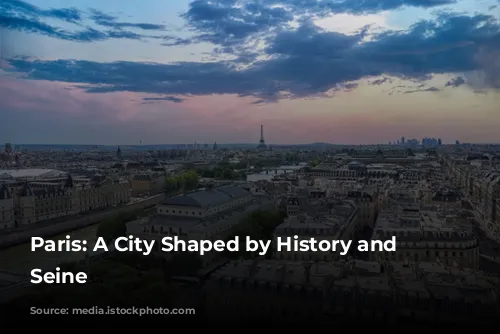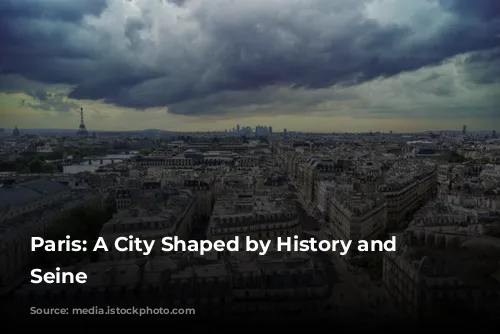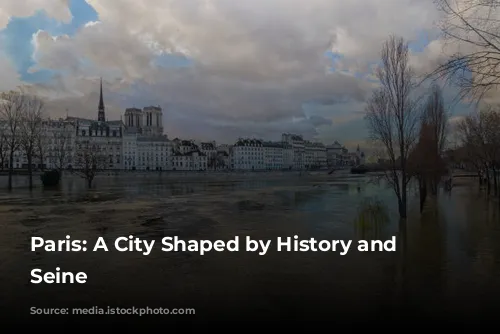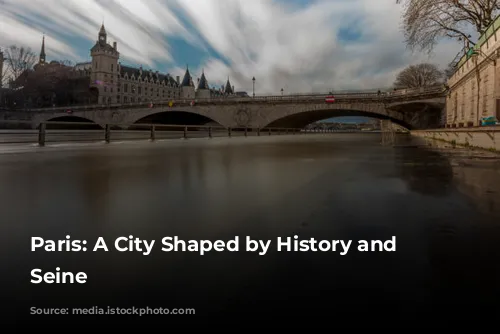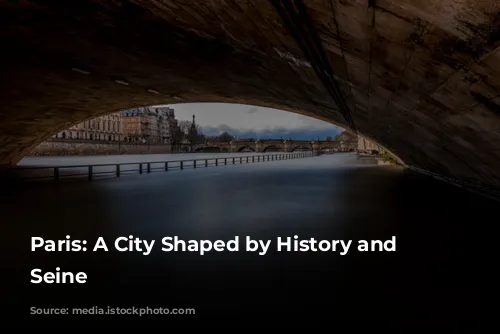Paris, the City of Lights, boasts a rich history that has shaped its charming streets, iconic monuments, and captivating atmosphere. From its humble beginnings on the Île de la Cité, Paris has grown and evolved, embracing its position as a central hub of European culture and innovation.
A Temperate City with a Touch of Temperament
Paris, nestled on the western edge of Europe, enjoys a temperate climate thanks to the Gulf Stream. While generally pleasant, the weather can be unpredictable, especially during winter and spring when chilly winds can sweep across the city. The annual average temperature hovers around 12°C, with July reaching a pleasant 19°C and January dipping down to 3°C. Expect frost for about a month every year, with snow falling on roughly half of those days. Paris is a city that embraces all seasons, and even in winter, its charm persists.
Walls, Bridges, and the Growth of a City
The history of Paris is intimately connected to its walls. As the city expanded from the Île de la Cité, protective barriers were erected to enclose the growing urban center. These defensive structures, rebuilt numerous times, were crucial in safeguarding the city against attacks and threats.
One of the earliest bridges linking the Left Bank to the Île de la Cité was the Petit Pont (Little Bridge), a fortified gate guarded by the Petit Châtelet (a small castle or fortress). Across the Seine, the Pont au Change (Exchange Bridge) was protected by the Grand Châtelet, a formidable structure that served as a fort, prison, torture chamber, and morgue until its demolishment in 1801.
King Philip II, in the late 12th and early 13th centuries, constructed a new wall that encompassed the settlements on both banks of the Seine. In the 14th century, Charles V extended the Right Bank enclosure, with the imposing Bastille fortress guarding the eastern approaches and the Louvre fortress securing the west.
Louis XIV, in the 17th century, replaced the Charles V walls with the Grands Boulevards, adorned with triumphal arches at the Porte Saint-Denis and Porte Saint-Antoine. The Grands Boulevards, which still stretch from the Place de la Madeleine north and east to the Place de la République, became a symbol of the city’s burgeoning growth and grandeur.
The Walls Fall, But Paris Lives On
The 18th century saw the construction of a new wall with 57 tollhouses, designed to collect customs duties on goods entering Paris. These tollhouses, still standing at the Place Denfert-Rochereau, are silent reminders of a bygone era.
The 19th century, under King Louis-Philippe, witnessed the construction of the last Parisian wall, a genuine military installation with outlying forts. This imposing structure enclosed numerous hamlets outside the city limits, including Auteuil, Passy, Montmartre, La Villette, and Belleville.
However, the 19th century also saw the fall of walls both literal and figurative. The rebuilding and economic recovery that followed the collapse of Napoleon III’s Second Empire in 1870, coupled with the Industrial Revolution, fueled a surge of people moving to Paris. The development of railways further facilitated this influx of people, creating an environment of rapid growth and transformation.
Baron Haussmann, the city planner, demolished the walls of the farmers-general and constructed wide, straight boulevards that sliced through the city’s intricate network of narrow streets. This restructuring transformed Paris into a more modern and efficient city, paving the way for its future as a world-class metropolis.
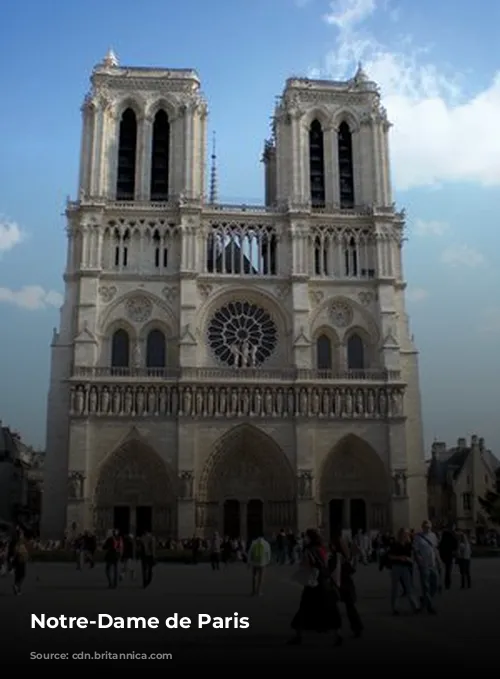
The Ile de la Cité: Heart of the City
In the heart of Paris, nestled in the Seine River, lies the Île de la Cité, the historic heart of the city. This ship-shaped island, about 10 streets long and 5 wide, is connected to the riverbanks by eight bridges, with a ninth leading to the Île Saint-Louis, a smaller island to the southeast.
The Pont Neuf (New Bridge), built from 1578 to 1604, is the oldest of the Paris bridges, despite its name. Its sturdiness is legendary, with Parisians still using the phrase “solid as the Pont Neuf” to describe something indestructible.
This iconic bridge, with its grotesque masks and half-moon bays, has witnessed centuries of Parisian life. From street vendors setting up shop in its bays to lovers strolling along its quays, the Pont Neuf has always been a vibrant hub of the city.
On the tip of the Île de la Cité, a triangular park adorned with ancient trees and flowering bushes offers a peaceful retreat from the city’s hustle and bustle. An equestrian statue of King Henry IV, who insisted on the Pont Neuf’s completion, graces the park, a testament to the city’s enduring legacy.
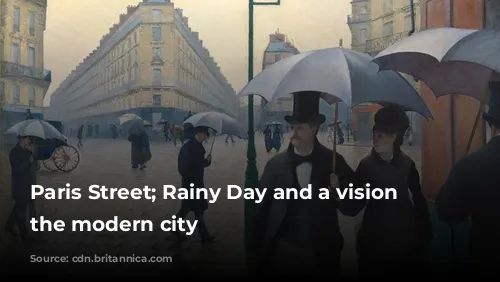
A Palace of Justice and a Chapel of Miracles
Across the Pont Neuf, the Palace of Justice stands as a monument to power and justice. Built on the site of the early Roman governor’s palace, this impressive structure has evolved over centuries, bearing witness to trials, condemnations, and the triumph of justice.
The Conciergerie, a grim gray-turreted building added by Philip IV, served as a prison during the French Revolution. It was here that many victims of the Revolution, including Marie Antoinette, were held before their final journey to the guillotine.
Inside the palace courtyards, a masterpiece of Gothic architecture awaits: the Sainte-Chapelle. Built in the 13th century, this exquisite chapel, with its vaulted ceilings and walls of stained glass, was designed to house the Crown of Thorns and other sacred relics.
The Sainte-Chapelle, a beacon of faith and beauty, stands as a testament to the artistic brilliance and religious devotion of Medieval Paris.
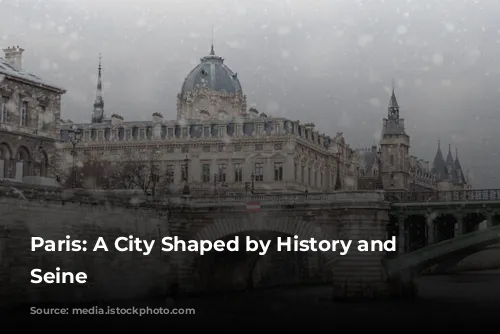
Haussmann’s Transformation and the Spirit of Paris
In the 19th century, Baron Haussmann embarked on a grand project to modernize Paris, transforming the Île de la Cité into a more efficient and hygienic urban center.
Antiquated structures were demolished, streets and squares were widened, and grand new government buildings were erected, including parts of the Palace of Justice. The Police Judiciaire (Judicial Police) set up headquarters in a portion of the palace bordering the Quai des Orfèvres, while the Police Prefecture, another 19th-century structure, stands across the boulevard du Palais.
Haussmann also enlarged the Place du Parvis-Notre-Dame, an open space that now houses the Hôtel-Dieu, the first hospital in Paris. This monumental transformation transformed the Île de la Cité into a center of both governmental power and urban planning.
Paris today stands as a testament to the beauty, history, and endurance of this timeless city. From its temperate climate to its iconic bridges and monuments, Paris continues to enchant visitors and residents alike, offering a glimpse into its rich past while embracing the spirit of its modern age.

